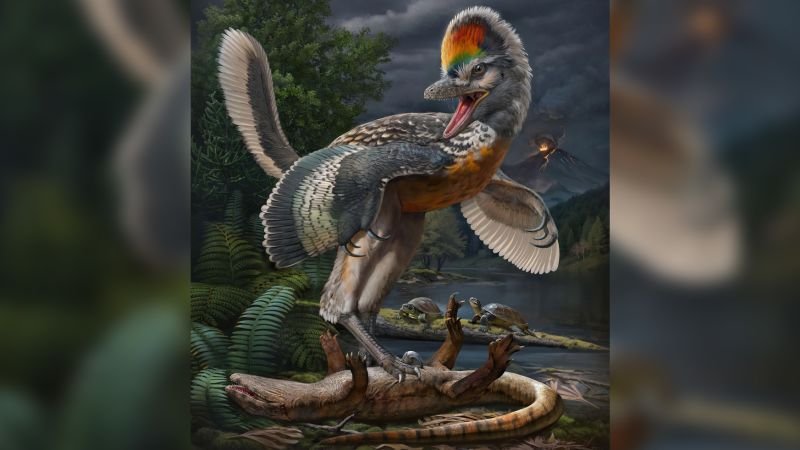

https://pbs.twimg.com/card_img/1699441980667985920/aVLqLUXb?format=jpg&name=900×900
Archaeologists have surmised that dinosaurs last roamed China approximately 66 million years ago, after the Jurrasic Period, when the supercontinent known as Pangea drifted apart. The chain of events leading to their extinction was ignited when an asteroid, spanning six miles, hit planet Earth and caused an earthquake that persisted for months (scientists say it was the equivalent of 10 atomic bombs).
To date, fossils of nearly sixty types of dinosaurs have been uncovered in China, including the Psittacosaurus, Sinosauropteryx, Sinornithosaurus, and Mamenchisaurus. Chinese scientists recently discovered the preserved remains of a “strange pheasant-sized and bird-like dinosaur” that likely lived about 148 million years ago during the later part of the Jurrasic Period. Upon studying the bones, it was determined that the creature was an exceptionally fast runner with elongated legs and arms resembling wings. The scientists have named their discovery Fujianvenator prodigiosus because it was found in the Fujian Province. Thus far, they have been unable to determine whether or not the Fujianvenator prodigious had feathers or if it could fly.
An artist used A.I. to create an image of what the Fujianvenator prodigious likely would have looked like. Scroll up to check it out.




